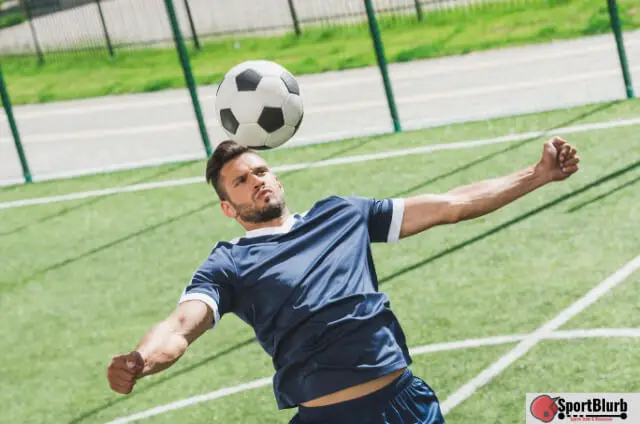Soccer Teams with Yellow Jerseys (Listed with Full Details)
The soccer teams with yellow jerseys include Club America, Borussia Dortmund, Villarreal, Young Boys, Tigres, Nantes, and BATE. Most of these teams are spread across Europe and compete in the elite UEFA Champions League. List of Soccer Teams with Yellow Jerseys Club America One of the soccer teams with yellow jerseys is Club de Fútbol América … Read more










